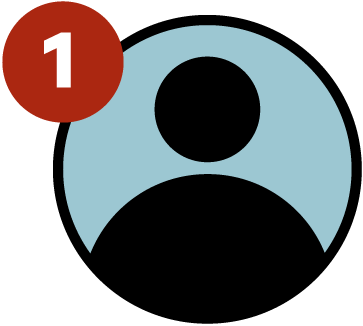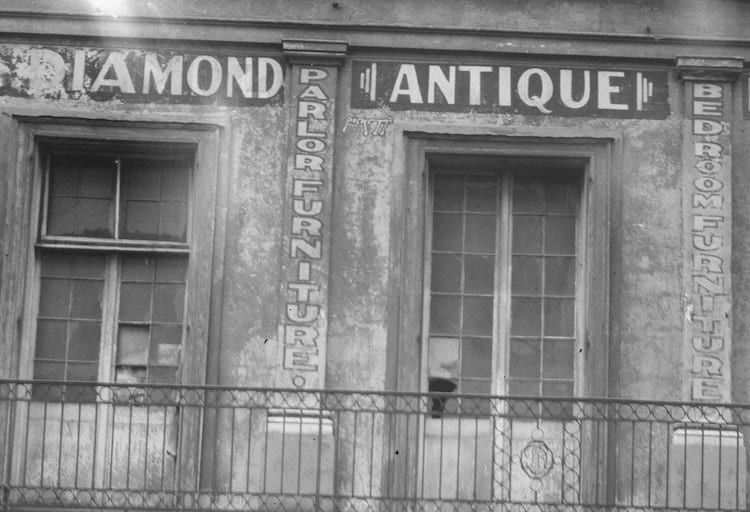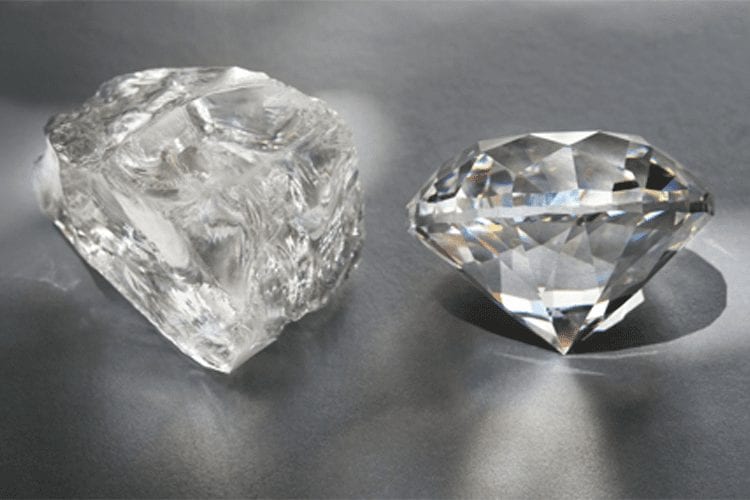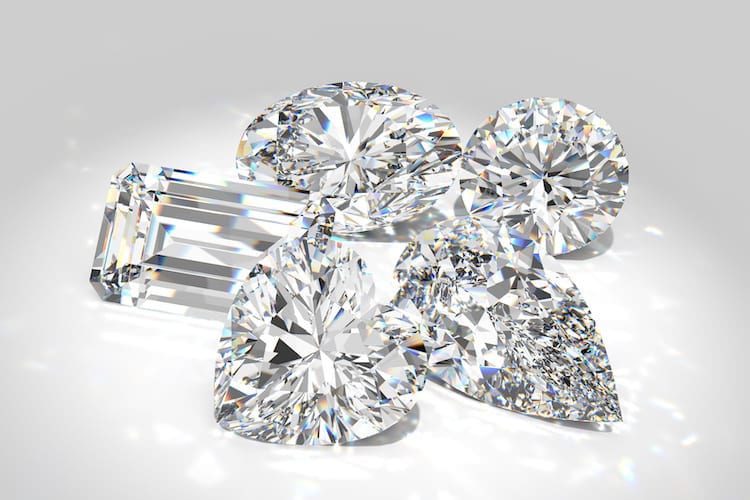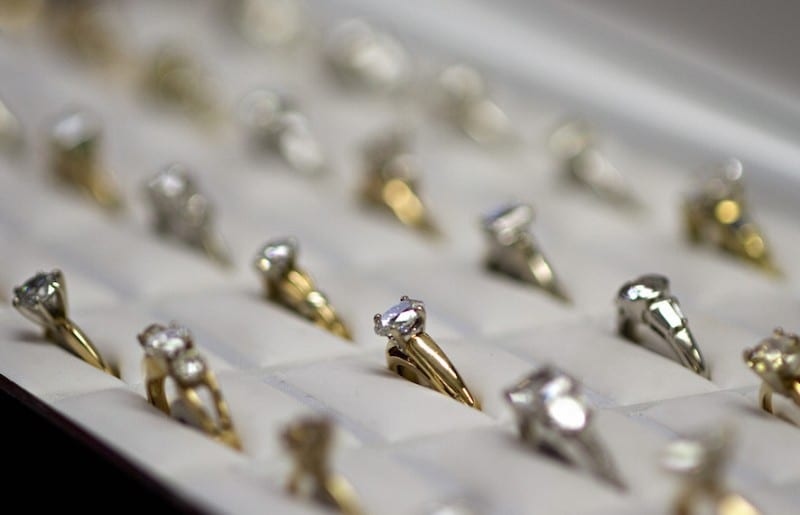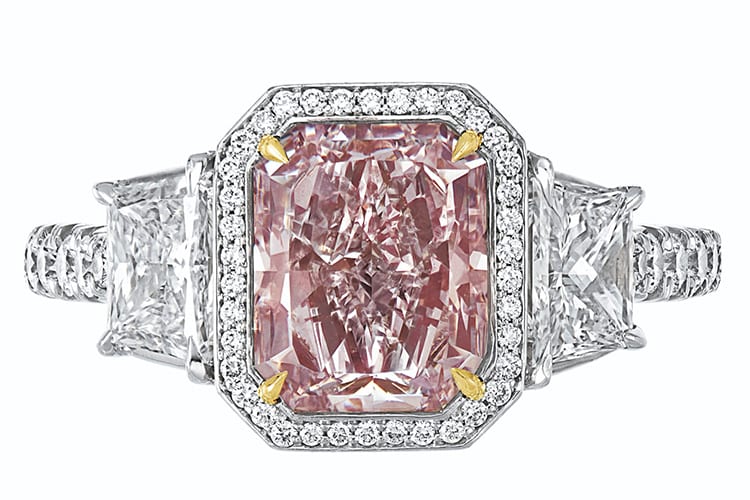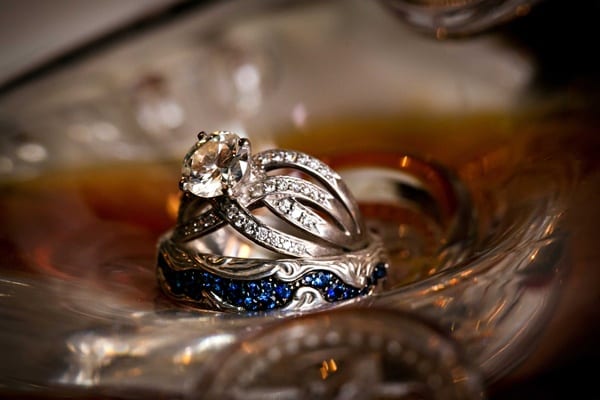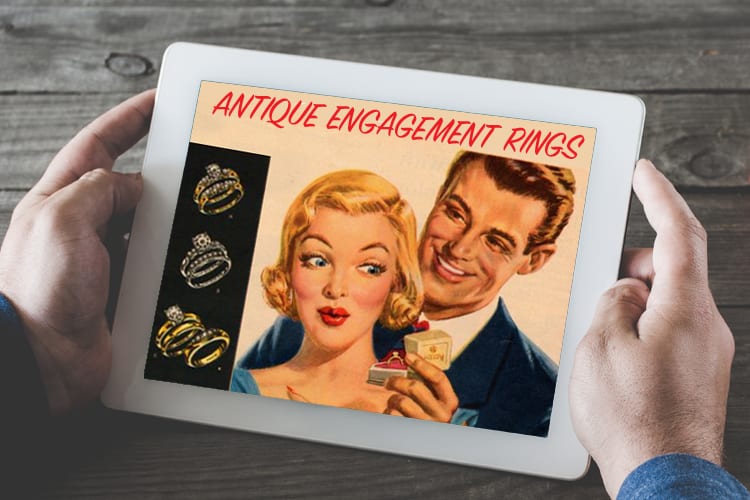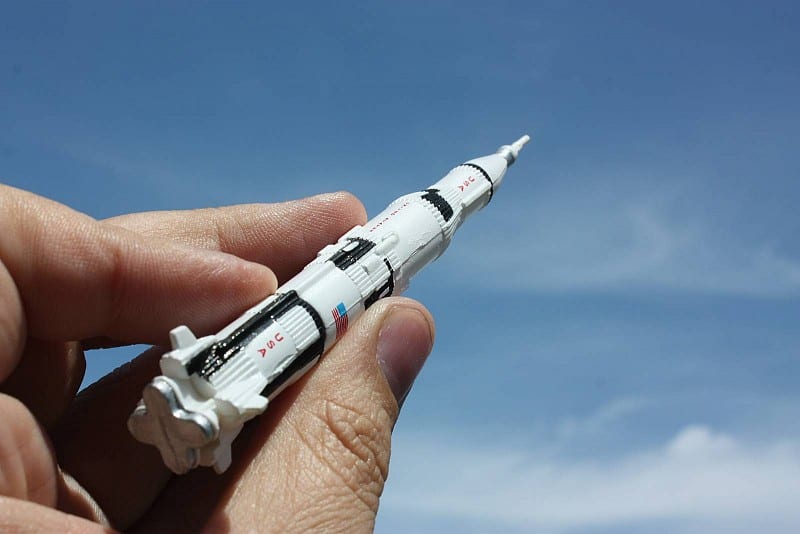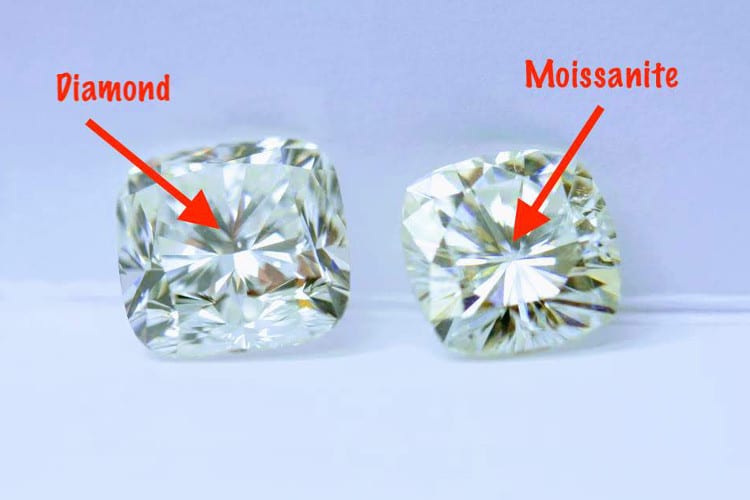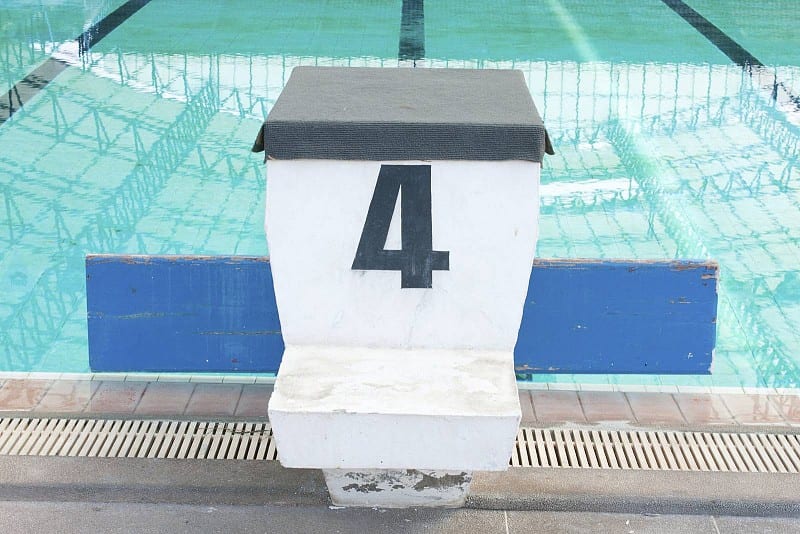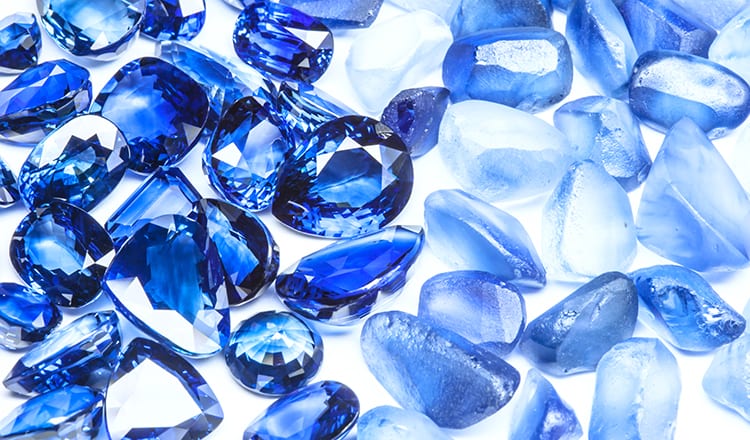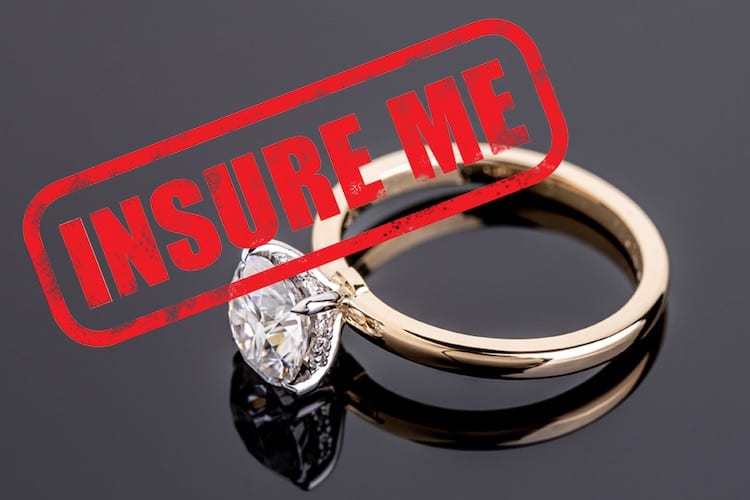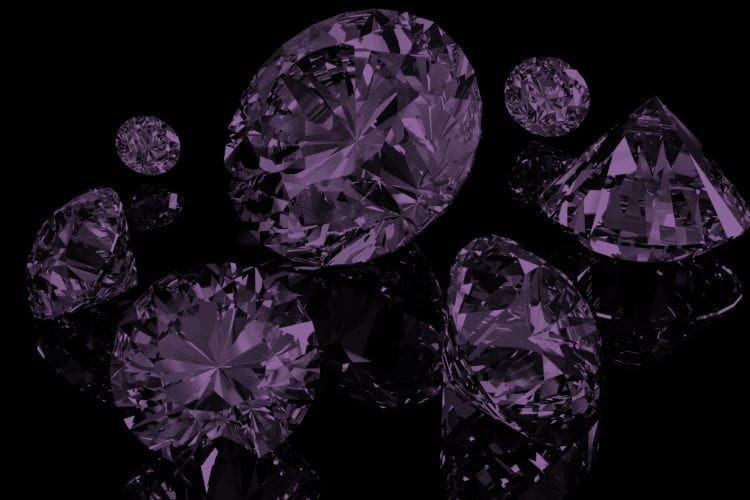
The fourth “C” to consider when buying a diamond is Carat.
This is the one that everybody talks about.
Nobody says “Kanye gave Kim a ring with an ideal cut, near colorless, very very slightly included diamond.”
They say “Kanye gave Kim a 20-carat ring! That’s so heavy, it’s gonna throw her back out!”
(BTW, let’s just clear something up: You are not going to be giving your fiancé a 20-carat ring. 20 carats is nuts—though, as you’ll see below, even 20 carats would not give a person back problems. You’d need closer to 5000 carats to do that.)
Carat is the most cut-and-dried of a stone’s four C’s. There isn’t much subjective analysis here: the stone is weighed on a scale, and the carat number is based on how many grams it weighs. 1 carat = ⅕ of a gram.
Don’t be a sucker: Buy rings from trusted online sources James Allen, Whiteflash, and Blue Nile. You’re guaranteed to find better and more in-depth information thanks to their videos and listing details.
Of course, this being the diamond business, even this cut-and-dried number is not so simple when it comes to the price.
First off, a stone’s carat number is a pretty good indicator of its overall size. But “pretty good” is not the same as “exact.” Other factors, such as density and depth, play a role. Two stones of the same carat weight can be a slightly different size.
Secondly, the value of a stone increases geometrically as its carat weight increases. A stone that is twice as heavy as another is not twice as expensive. It’s four times as expensive.
Then there’s the highly confusing matter of “magic numbers.” These are carat weights that diamond cutters aim for when shaping a stone, numbers like .5cts, .75cts. 1.0cts, etc. The price of a “magic number” diamond will be significantly higher than one that falls slightly under, even though they will be visually indistinguishable.
What range should you be aiming for? How high can you go before getting ridiculously indulgent, and how low can you go without being insulting?
The average size for an engagement ring diamond is somewhere between .9 and 1.2 carats. So if you want to give your girl a particularly big ring, you’ll need to spring for 2-2.5 carats at least.
But is a particularly big ring what she wants? Unless you’re getting married to Mariah Carey (who famously received a redonkulous 35-carat engagement ring), your fiancée may not want to walk around with a big sparkling meatball on her finger.
How big are her fingers, for instance? A solid, Midwestern farm girl’s hands will require a different ring than a dreamy Southern waif’s.
What’s her lifestyle? Does she get her hands dirty at work or operate heavy machinery? Will she feel safe in public with an incredible expensive diamond on display?
What’s her personal style? Will a big diamond fit into her usual look, or would something more subtle be the way to go?
Remember, the industry’s standards don’t have to be your standards. There’s nothing wrong with going for a smaller, less finely cut, more colorful diamond if that’s what you think your fiancée will like. In the end, it all comes down to your—or, more accurately, her—taste.
And money. But you already knew that.
Bottom line: You get more sparkle for less dough at James Allen, Blue Nile, and Whiteflash.
The more carats a diamond has, the bigger it will be. But bigger is not necessarily better: You want to aim for something that will look good on your fiancée’s hand.

